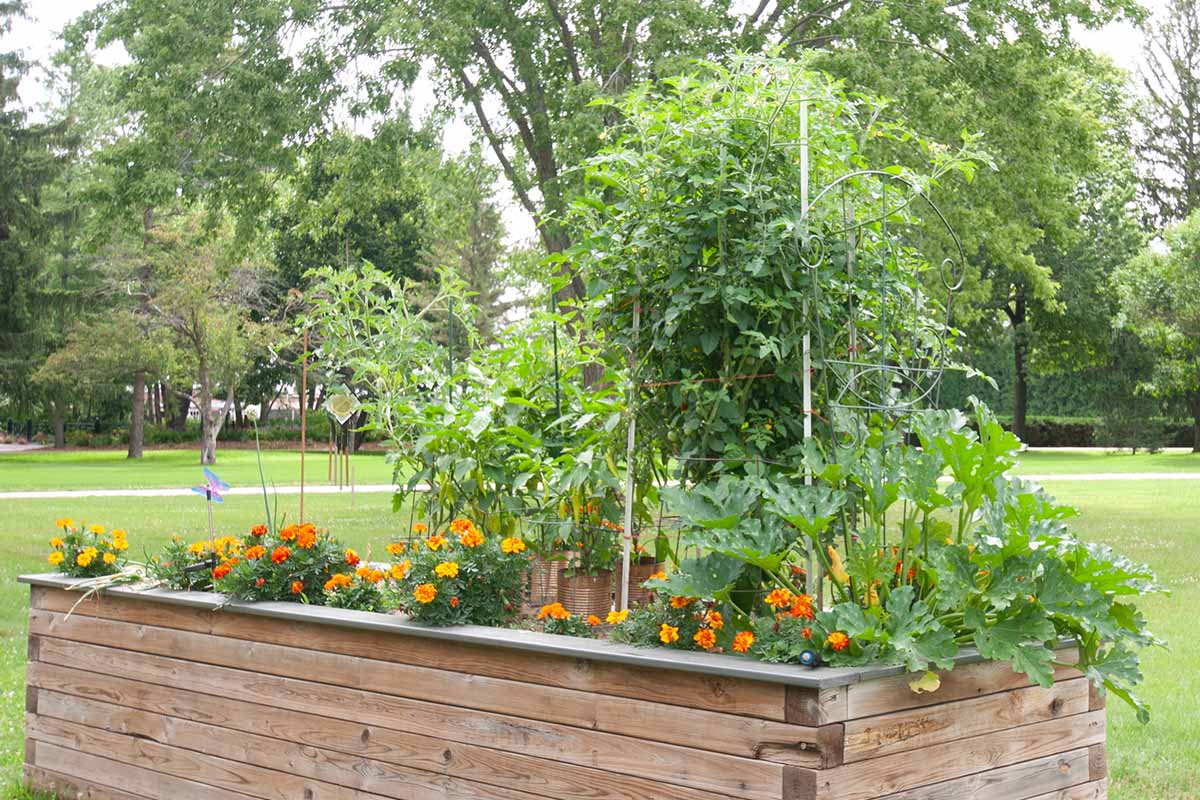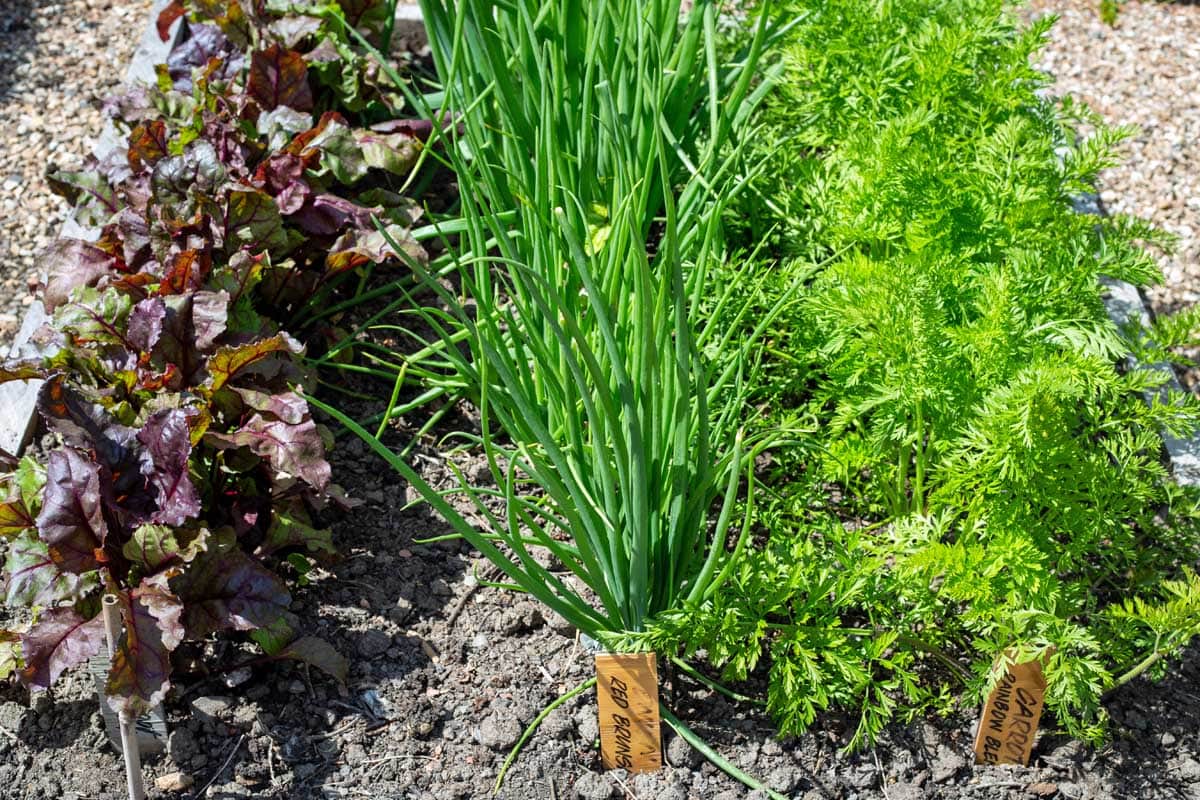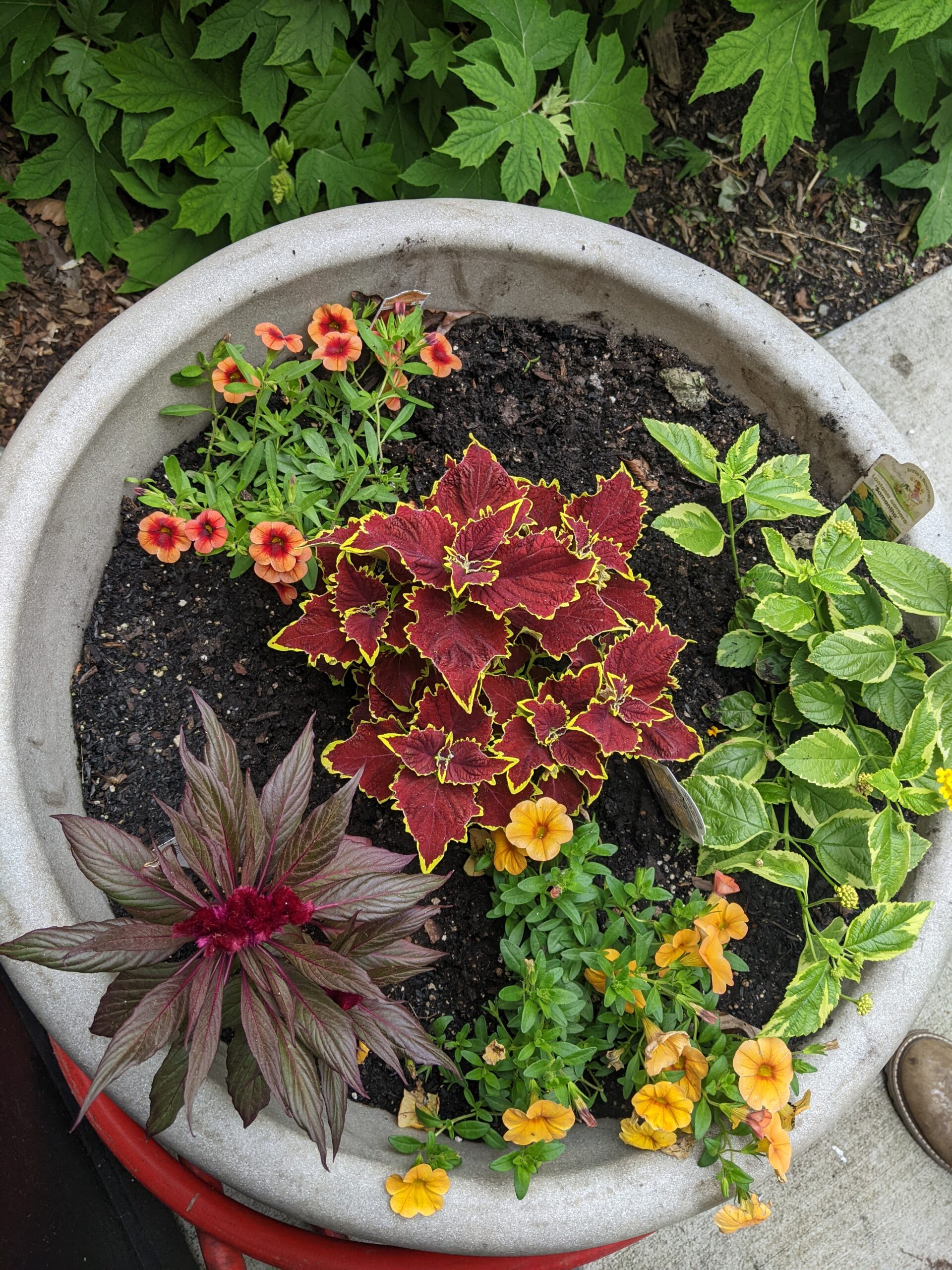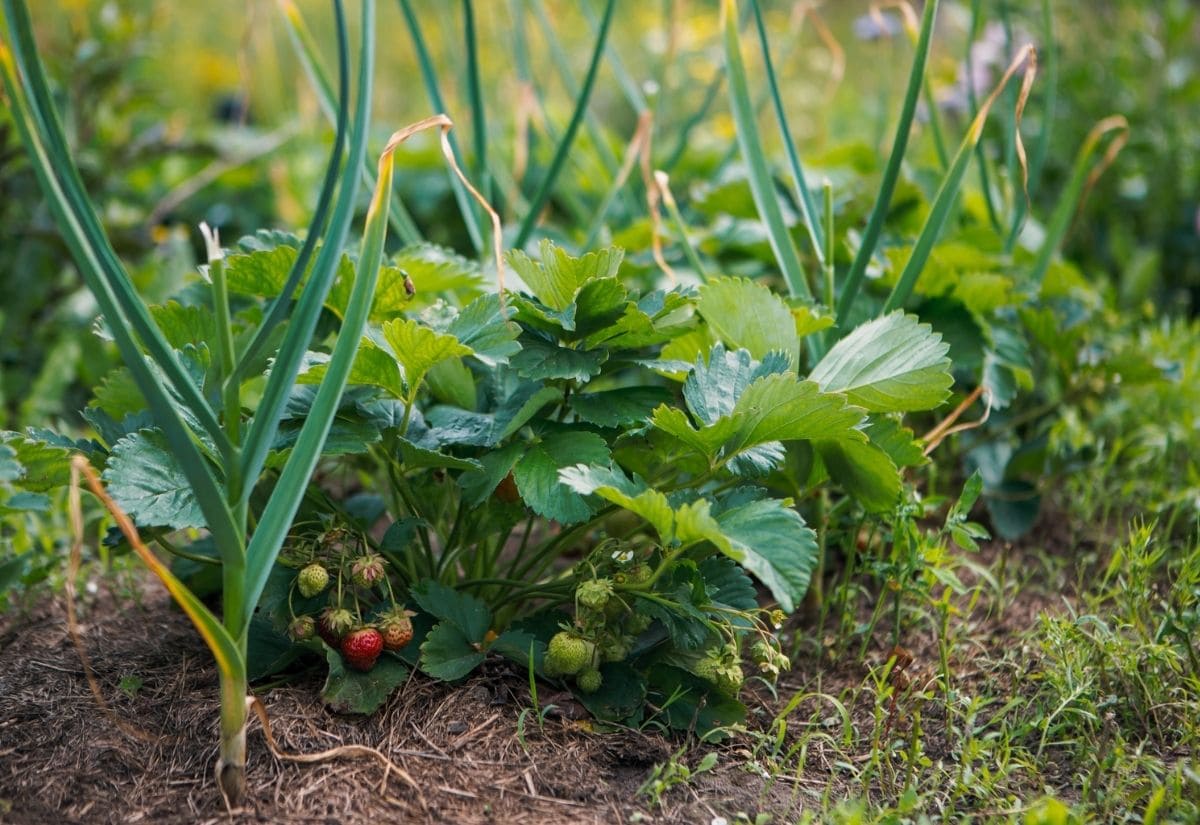Companion Container Gardening: The Ultimate Guide To Growing Healthy And Productive Plants In Small Spaces
Companion Container Gardening: The Ultimate Guide to Growing Healthy and Productive Plants in Small Spaces
If you're short on space but still want to grow your own food, companion container gardening is the perfect solution. By planting certain plants together, you can create a mutually beneficial relationship that will help your plants thrive.
In this guide, we'll discuss the basics of companion container gardening, including:
- Which plants work well together
- How to choose the right containers
- How to plant and care for your container garden
- Tips for pest and disease prevention
What is companion container gardening?
Companion container gardening is the practice of planting different types of plants together in the same container. When done correctly, companion plants can help each other grow better by attracting beneficial insects, deterring pests, and improving soil health.
There are a few key principles to keep in mind when choosing companion plants for your container garden. First, you need to consider the plants' sunlight and water requirements. Make sure that all of the plants you choose need the same amount of sunlight and water.
Second, you need to consider the plants' growth habits. Some plants, like tomatoes, grow tall and need plenty of space. Other plants, like lettuce, grow more compactly. Make sure to choose plants that will have enough room to grow without crowding each other out.
Finally, you need to consider the plants' benefits to each other. Some plants, like marigolds, help to deter pests. Other plants, like basil, attract beneficial insects. By choosing plants that have complementary benefits, you can create a healthy and productive container garden.
How to choose the right containers
The type of container you choose will depend on the size and type of plants you're growing. For small plants, like herbs, you can use a small pot or planter. For larger plants, like tomatoes, you'll need a larger container.
When choosing a container, it's important to make sure that it has drainage holes. This will help to prevent the roots of your plants from rotting. You should also choose a container that is made of a material that will retain moisture, like terracotta or plastic.
How to plant and care for your container garden
Once you've chosen your containers and plants, it's time to start planting. Fill the container with a good quality potting mix. Then, plant your seeds or seedlings according to the instructions on the package.
After planting, water your container garden thoroughly. You'll need to water your plants regularly, especially during hot weather. You should also fertilize your plants every few weeks with a balanced fertilizer.
To keep your container garden healthy, you'll need to keep an eye out for pests and diseases. If you see any problems, take steps to address them immediately.
Tips for pest and disease prevention
One of the best ways to prevent pests and diseases in your container garden is to choose resistant varieties of plants. You can also help to prevent problems by inspecting your plants regularly and removing any affected leaves or stems.
If you do see signs of pests or diseases, there are a number of natural remedies you can use. For example, you can spray your plants with a solution of water and insecticidal soap. You can also use neem oil or garlic spray to deter pests.
Conclusion
Companion container gardening is a great way to grow your own food even if you have limited space. By following the tips in this guide, you can create a healthy and productive container garden that will provide you with fresh fruits and vegetables all season long.
Do you have a small space but still want to grow your own vegetables? If so, companion container gardening may be the perfect solution for you! Companion container gardening is the practice of planting certain types of vegetables together in containers. These plants can help each other grow better by attracting beneficial insects, deterring pests, or providing nutrients.
For example, tomatoes and basil are two great companion plants. Basil helps to repel tomato hornworms, a common pest of tomatoes. In turn, the tomatoes provide shade for the basil, which helps it to thrive in hot weather.
If you're interested in learning more about companion container gardening, I recommend visiting Gardenia Inspiration. This website has a wealth of information on the topic, including a list of compatible vegetable pairings, tips on how to plant and care for your container garden, and even recipes for using your homegrown vegetables.
FAQ of companion container gardening
Here are the 5 most frequently asked questions about companion container gardening, along with valuable insights and solutions:
- What are companion plants?
Companion plants are plants that grow well together and can benefit each other in some way. For example, some companion plants attract beneficial insects that help to control pests, while others deter pests or diseases. Some companion plants can also help to improve the soil quality or water retention in a container garden.
- How do I choose companion plants for my container garden?
When choosing companion plants, it is important to consider the size, sunlight requirements, and water needs of the plants. You should also consider the pests and diseases that are common in your area and choose plants that will help to deter or control them. There are many resources available online and in libraries that can help you to find companion planting charts and lists.
- How do I plant companion plants together?
When planting companion plants together, it is important to space them properly so that they have enough room to grow. You should also plant them in a way that takes their sunlight and water requirements into account. For example, if you are planting a tall plant that needs full sun with a shorter plant that prefers partial shade, you should plant the taller plant in the back of the container and the shorter plant in the front.
- How do I care for companion plants in container gardens?
The care requirements for companion plants in container gardens will vary depending on the plants that you are growing. However, some general tips include:
- Water your plants regularly, especially during hot weather.
- Fertilize your plants every few weeks with a balanced fertilizer.
- Monitor your plants for pests and diseases and take steps to control them as needed.
- Bring your container garden indoors if the weather becomes too cold.
- What are some benefits of companion container gardening?
There are many benefits to companion container gardening, including:
- It is a space-efficient way to grow a garden, even if you have limited outdoor space.
- It is a portable way to garden, so you can move your plants around to find the best spot for them.
- It is a low-maintenance way to garden, as you can water and fertilize your plants from a single location.
- It is a fun and rewarding way to garden, as you can experiment with different plants and combinations.
Image of companion container gardening
- A container garden with tomatoes, basil, and marigolds. Tomatoes and basil are known to be companion plants, as they help each other thrive. Marigolds are also a good companion plant for tomatoes, as they help to deter pests.

- A container garden with carrots, chives, and lettuce. Carrots and chives are both root vegetables that can be grown together in the same container. Lettuce is a good companion plant for both carrots and chives, as it helps to shade the roots of the carrots and deter pests.

- A container garden with cucumbers, nasturtiums, and spinach. Cucumbers and nasturtiums are both known to attract beneficial insects, which can help to control pests in your garden. Spinach is a good companion plant for cucumbers, as it helps to suppress weeds.

- A container garden with beans, oregano, and sunflowers. Beans and oregano are both nitrogen-fixing plants, which means they can help to improve the soil quality in your container garden. Sunflowers are a good companion plant for beans, as they help to shade the roots of the beans and deter pests.

- A container garden with peas, thyme, and strawberries. Peas and thyme are both known to repel pests. Strawberries are a good companion plant for peas, as they help to shade the roots of the peas and deter pests.

Post a Comment for "Companion Container Gardening: The Ultimate Guide To Growing Healthy And Productive Plants In Small Spaces"